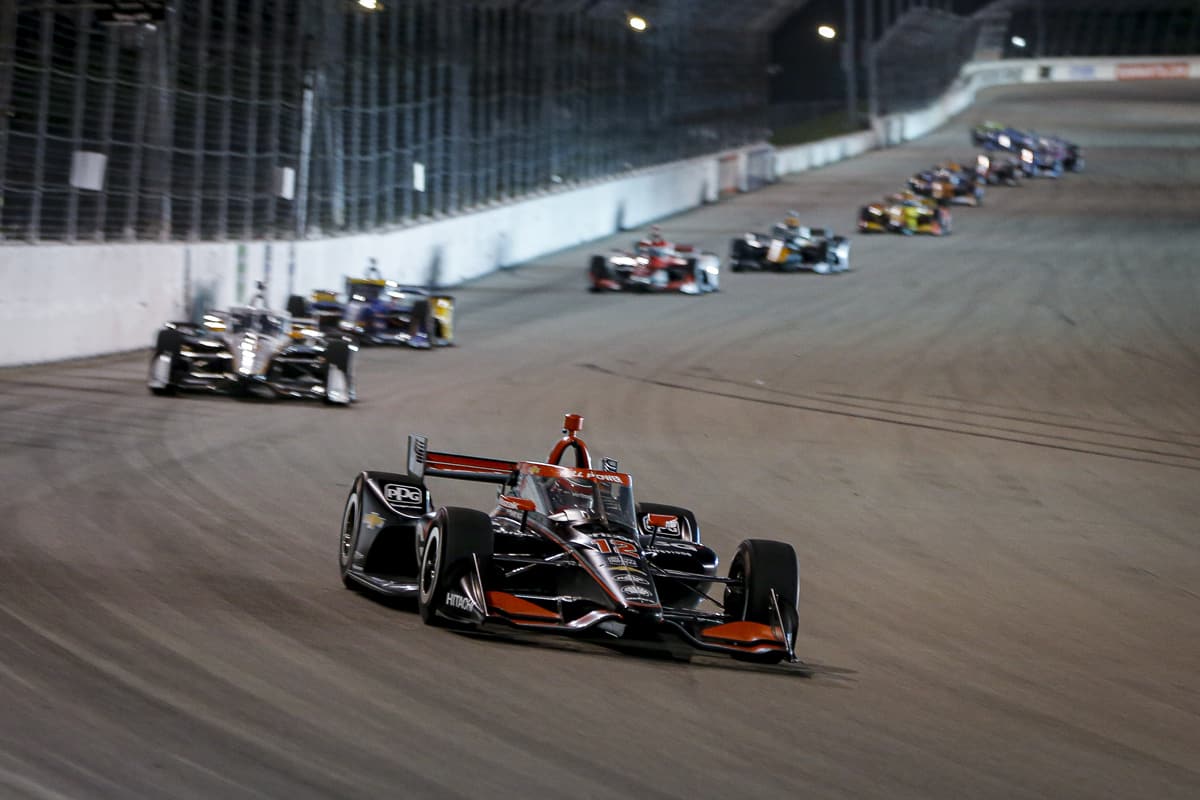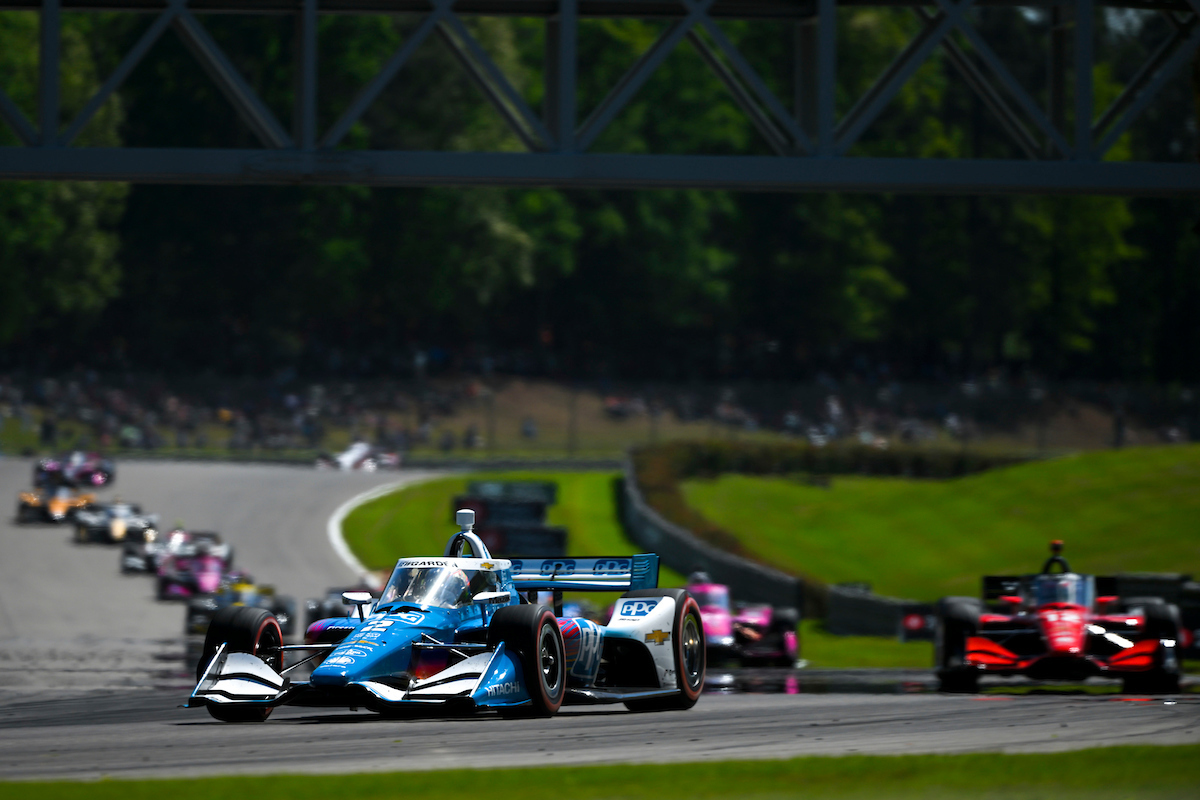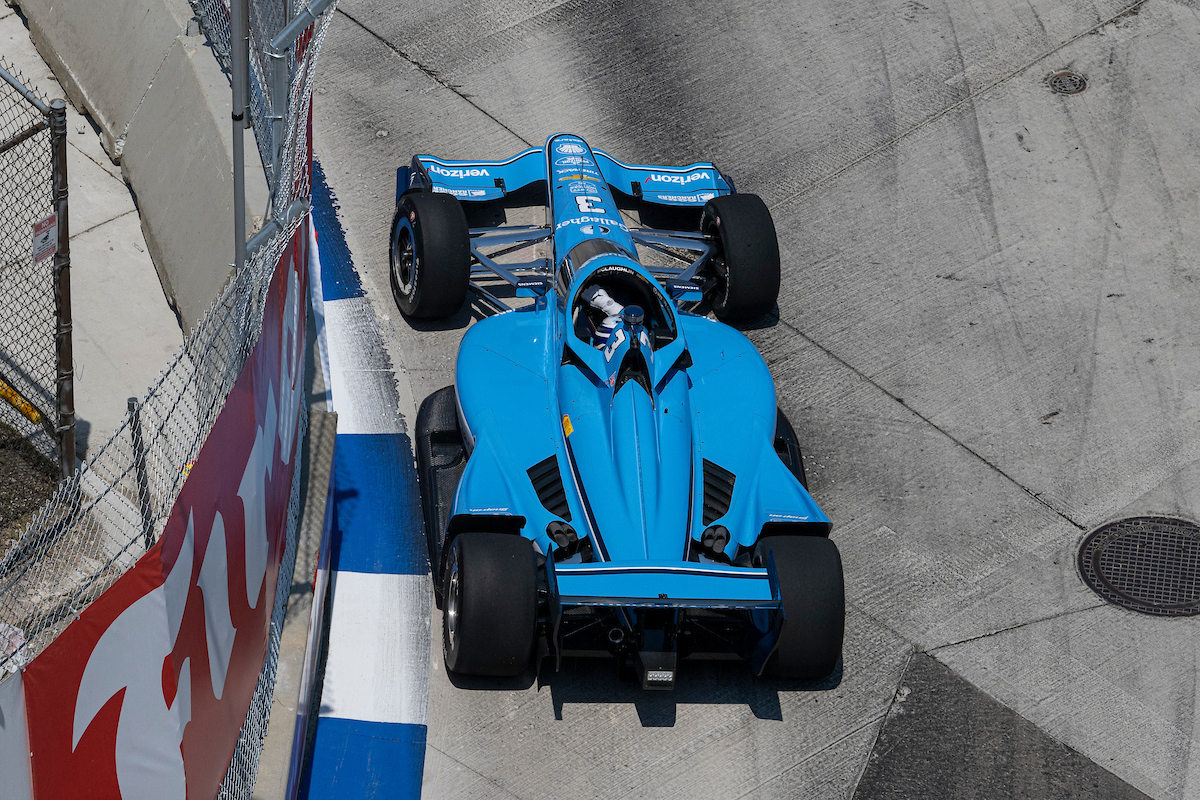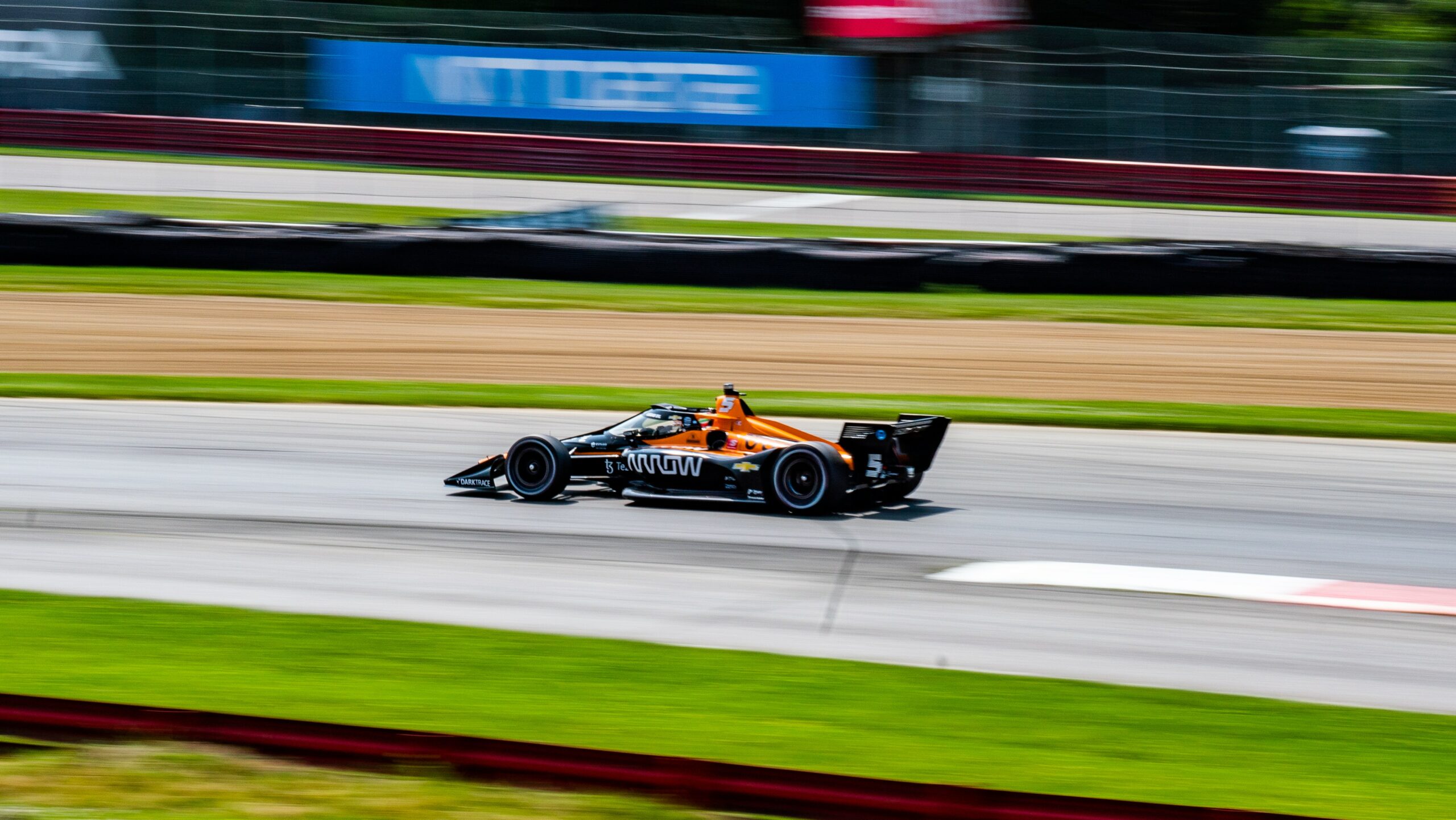IndyCar Racing Fuels Explained – What’s Used?
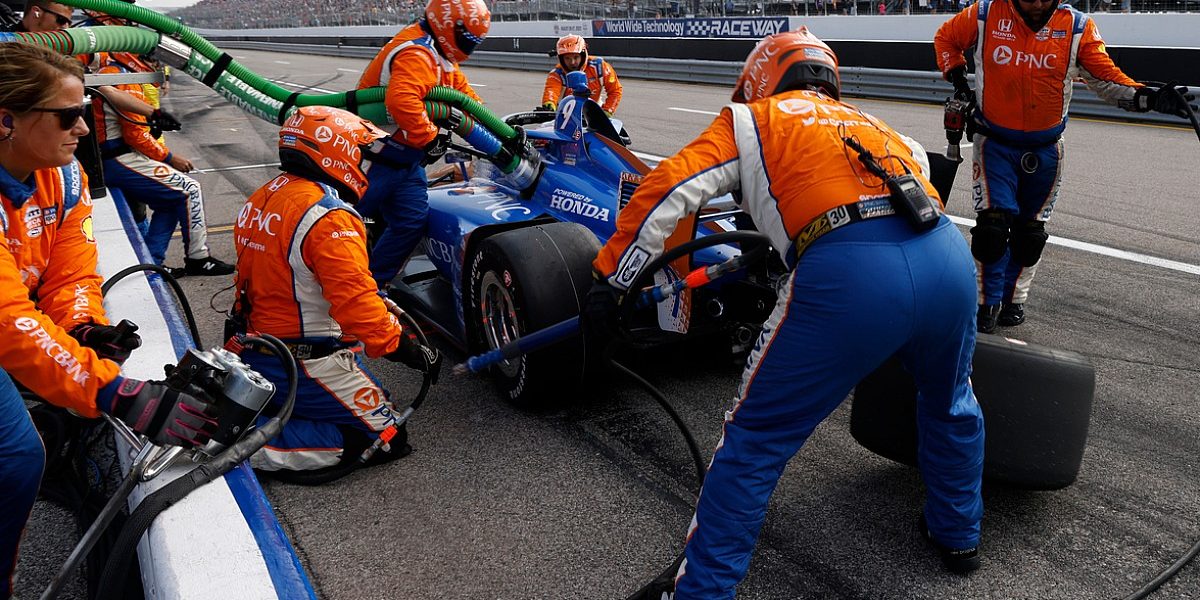

In the world of IndyCar racing, performance is everything. Have you thought about what makes these cars so fast? Let’s peek into the fuels that drive these high-speed cars. We’ll explore their types and origins.
Table of Contents
The Transition Towards Sustainable Racing Fuels
The move to Shell’s 100% Renewable Race Fuel in IndyCar is a big step towards eco-friendly racing. This biofuel comes from sugarcane waste and lowers greenhouse gas emissions. IndyCar is showing how motorsports can be sustainable by using renewable fuels.
IndyCar joins with top green energy firms to make this shift happen. By using these new fuels, they cut down on harmful emissions. This move is sparking a wave of eco-innovation in racing.
Using sustainable fuels in IndyCar is making the sport greener. It encourages other racing events and industries to do the same. This could lead to a future where racing and the environment thrive side by side.
The switch to sustainable fuels is not just good for the planet. It’s also making the racing better for everyone. Today’s cars can be fast and exciting while being eco-friendly. Now, fans can enjoy the races knowing they’re greener.
Ethanol in IndyCar
Ethanol is a key fuel in IndyCar racing. It’s made from crops like sugarcane or corn. It’s added to race engines because it’s green and boosts performance.
Ethanol is known for cutting down air pollution. When it burns, it makes less harmful gases. So, it’s better for the planet and fits with IndyCar’s green goals.
Using ethanol in IndyCar engines makes them work better. The fuel burns efficiently, giving more power and speed. This makes races more exciting for everyone watching.
Ethanol also helps IndyCar use less oil. There’s a big worry about running out of oil. Ethanol comes from plants, so we can make it again and again. This is good for the environment and fights against climate change.
Ethanol is leading IndyCar towards a greener future. Using it in races shows a push for new, eco-friendly ideas. As IndyCar chooses ethanol, it becomes a cleaner and brighter sport.
Methanol in IndyCar
Methanol has a rich history in IndyCar racing. It used to be the main racing fuel before ethanol. Even though ethanol is more common today, methanol’s unique role in racing is remembered.
A big plus of methanol is its high octane rating. This helps engines perform well without early ignition. Such traits fit perfectly with IndyCar’s high demands.
Methanol also burns cleaner than gas, lowering harmful outputs. This supports the sport’s move towards sustainability. Its part in shaping racing’s past is significant.
Here’s a table highlighting methanol’s importance in racing:
| Benefits of Methanol as Racing Fuel | Details |
|---|---|
| High octane rating | Methanol has a high octane rating, which boosts engine performance through efficient combustion. |
| Cleaner burning | Methanol’s cleaner burn than gasoline reduces pollution and supports racing’s eco goals. |
| Contribution to history | In IndyCar’s early days, methanol was crucial, showing how it’s part of the sport’s legacy. |
Today, ethanol is the top choice for IndyCar. But methanol’s legacy in racing is still honored. It’s a reminder of racing’s growth and constant drive for better performance.
The Future of Racing Fuels in IndyCar
IndyCar is making a big change by using Shell’s 100% Renewable Race Fuel. This move shows a commitment to a greener future. It also means top-level performance can live alongside caring for our planet.
Shell and others are leading the way in making racing greener. Their work with IndyCar and carmakers is bringing these new fuels to the track. This step is vital for a more eco-friendly environment for the sport.
Advancements in Racing Fuel Technology
The world of racing fuel is getting better all the time. By working closely, engine makers and fuel suppliers are finding new ways to be green. They’re focused on making sure racing is powerful but friendly to the earth.
One main goal is to move away from regular petrol. Using things like ethanol and other biofuels, racing can cut down on harmful emissions. These new fuels are better for the earth, for teams, and for fans.
Benefits of Sustainable Fuel Innovations
Choosing green racing fuels has many pluses for motorsports:
- Reduced Environmental Impact: These new fuels cut down on bad stuff that racing puts in the air. This means cleaner skies for all of us.
- Enhanced Performance: Yes, sustainable fuels can still make cars go really fast. They give the power and speed needed to win.
- Promotion of Renewable Energy: IndyCar is helping the earth by using more renewable energy in its races. This boosts the renewable energy field.
- Increased Brand Relevance: Making the change to green fuels shows IndyCar cares. It attracts people and companies who also want to protect our planet.
The Path Ahead
The journey to greener racing is ongoing. With more work, we’ll see even less harm to our planet. And the fun and excitement of racing will keep going strong.
| Racing Fuel Innovation | Key Advantages |
|---|---|
| Ethanol and Biofuels |
|
| Hydrogen Fuel Cells |
|
| Electrification |
|
The Impact on Performance and Racing Experience
IndyCar is moving to new, eco-friendly racing fuels like ethanol and Shell’s 100% Renewable Race Fuel. This change boosts the performance of cars and makes the racing experience better for fans.
Performance of renewable fuels:
Race cars are now using green fuels after lots of testing. Ethanol makes engines run better and pollute less. Shell’s fuel, made from leftover sugarcane, also powers race cars well. So, both fuels prove you can race fast and be eco-friendly.
Impact of sustainable fuels on racing:
The switch to these green fuels hasn’t slowed down the races. IndyCar now runs just as fast and exciting with ethanol and Shell’s fuel. Fans won’t even notice the difference in the action, but the planet will with less pollution.
Fan experience with renewable race fuels:
For fans, the new green fuels make racing even better. They can cheer their favorite drivers on, knowing it’s kind to the earth. This way, fans can enjoy races more and help promote a cleaner planet.
Enhancing the Spectator Experience
These green race fuels draw in fans who care about the planet. IndyCar’s green efforts connect with many people who want to fight climate change.
Also, racing events are now places to learn about green living. They show fans how using green fuels can make a big difference. This makes fans feel closer to the sport they love.
Performance and Sustainability in Perfect Harmony
IndyCar’s switch to green fuels proves fast cars and saving the planet can go together. Teams work hard to make sure cars are fast while also being friendly to the earth.
This big focus on green fuels shows IndyCar’s real commitment to a clean racing future. IndyCar is leading the way in making racing exciting, green, and sustainable. Fans get to see thrilling races in a sport that cares about the environment.
The Importance of Sustainability in Motorsport
IndyCar’s use of renewable fuels shows how important sustainability is in motorsport. The racing world has a big platform to promote green innovation. By using clean fuels, IndyCar leads the way for other races. It also encourages all of motorsport to go green.
Society is more alert about the environment now more than ever. It’s key for sports like IndyCar to help make a difference. They reach many people and can teach the importance of being eco-friendly. IndyCar’s work to be green not only cuts its own pollution. It also shows that racing can be earth-friendly.
IndyCar stands out with its use of sustainable fuels. With Shell’s Renewable Race Fuel, they cut down a lot on harmful gas. This action fights climate change. It proves that alternative energy is a real option for races.
IndyCar goes further than just using clean fuels. They also aim to waste less and use fewer resources. This green push is seen not just during races but all season. IndyCar aims to set a good example for other races. They show that speed and going green can happen together.
Racing plays a big part in finding new tech and innovations. The search for speed has led to many developments. Now, by focusing on green goals, racing can spark new solutions. These can help more than just cars; they help the planet too.
Benefits of Sustainability in Motorsport
There are several important gains from being eco-friendly in racing:
- It makes us more responsible for the earth.
- It cuts down on harmful gases and fights climate change.
- It supports the shift to clean energy.
- It promotes new tech that’s good for the earth.
- It shows that both winning and being green is possible.
Embracing these perks makes racing a top leader in positive change. It shows other fields they can do it too.
The Path Forward
Motorsport needs to keep aiming for a greener future. Future races must really focus on being good for the planet. Not just by using clean fuels, but by lessening waste and saving resources too.
Through things like using green fuels in IndyCar, racing can pave the way for a more sustainable sport. The coming days of racing are about both speed and green living. This way, we leave a healthier earth for those who come after us.
| Key Points | Benefits |
|---|---|
| Use of renewable fuels | – Reduces carbon emissions – Demonstrates viability of renewable energy sources |
| Environmental responsibility | – Promotes sustainable practices – Inspires other industries to follow suit |
| Driving innovation | – Encourages technological advancements in sustainability – Demonstrates compatibility of performance and sustainability |
Conclusion
The new Shell’s 100% Renewable Race Fuel in IndyCar marks a big step forward. It’s made from leftover sugarcane and drops greenhouse gases by 60%. This puts the racing world on a new eco-friendly path.
IndyCar has long used ethanol and methanol too, showing its eco-concern. These alternative fuels help the environment by producing less harmful gases. They also push for newer, faster race technologies.
IndyCar looks to the future, staying at the forefront of green racing. With better and greener racing fuels, the future is bright. This move towards eco-friendly racing is key to making the sport cleaner, all while keeping fans thrilled.






